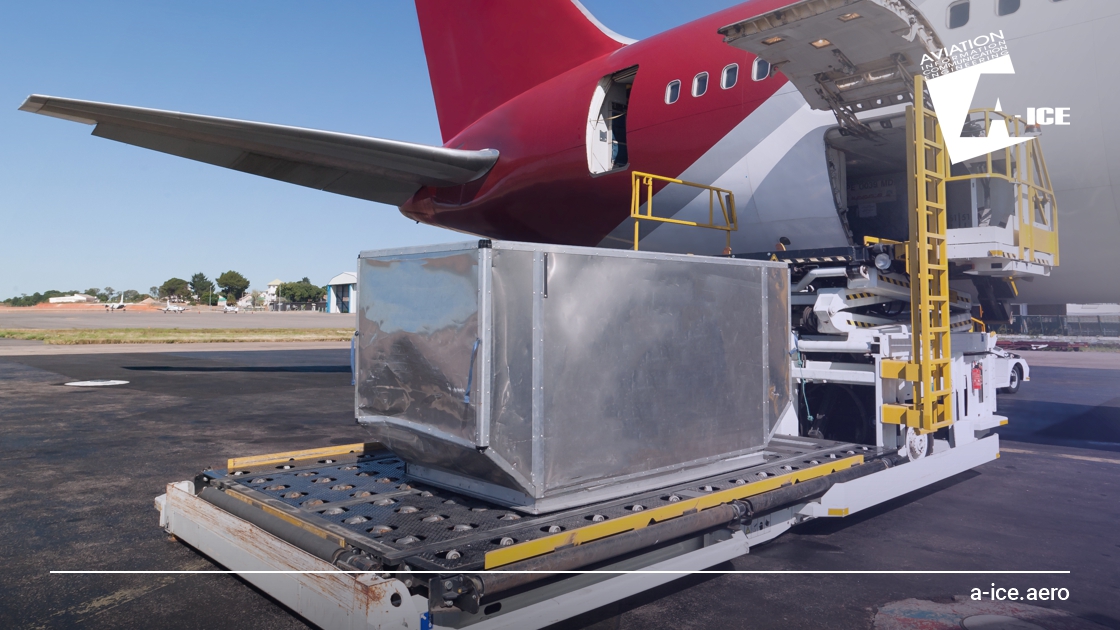Advancing Aviation's Pre-Flight Planning with Innovative Weight and Balance Systems
| Company | A-ICE |
|---|---|
| Date | 12.12.2023 |

Precise and efficient pre-flight planning has become more crucial than ever. Operators are currently navigating through a myriad of challenges, including fluctuating fuel costs, increasing operational fees, and continuously updating regulatory frameworks. The significance of accurate, dependable, and flexible weight and balance calculations in pre-flight planning cannot be overstated. These challenges are driving the growing need for sophisticated flight planning technologies that ensure compliance and efficiency despite the industry’s dynamic changes.
Evolving Strategies in Aircraft and Flight Management
The aviation sector is steadily transitioning towards modernized methods in aircraft and flight management. The cornerstone of effective pre-flight planning is the accuracy of data, a critical element that underscores the importance of this stage. The integration of cutting-edge technologies, particularly those that enhance communication, is revolutionizing pre-flight planning methodologies.
Cloud-based systems are at the forefront of this transformation. These innovative platforms leverage real-time data to streamline information sharing and automate critical processes. The seamless integration of key aviation products within these cloud solutions accelerates vital tasks like weight and balance computations and other aspects crucial to aircraft turnaround.
This transition to automated pre-flight planning functions, coupled with the integrated communication between diverse systems, is reshaping the roles of ground handling teams, airport authorities, and airports across the globe. This development marks a notable leap in operational efficiency and cost-effectiveness in the aviation industry.
Technology and Communication: Key to Future-Proofing Aviation
The concept of future-proofing is gaining significant traction in aviation, as well as other sectors. Smart and cloud technologies are increasingly being acknowledged as indispensable for their adaptability and scalability. These technologies are pivotal in equipping operations to meet upcoming challenges and demands.
In aviation technology advancements, the ability to communicate effectively is essential. The integration of disparate systems forms the bedrock of successful implementation, requiring an in-depth understanding of how these systems interact, process, and exchange data. Such integration ensures streamlined and efficient operations. For instance, an effective Weight and Balance system needs to seamlessly connect with operational handling databases, departure control systems, baggage reconciliation systems, and other vital operational components, playing a critical role in ensuring flight safety and regulatory compliance.
The advantages of enhanced communication in aviation extend far beyond the scope of operational processes. Improvements in communication can lead to substantial gains in efficiency, such as minimizing ground delays, optimizing resource allocation, better baggage reconciliation, and improving the overall passenger experience. Cloud technology is instrumental in fostering this seamless communication, creating an environment where continuous improvement and data quality enhancement are achievable.
In summary, the incorporation of advanced communication systems into aviation technology represents a crucial step towards achieving more efficient, safe, and compliant operations. It signifies a strategic shift towards a more cohesive, responsive, and future-ready aviation industry, emphasizing the criticality of integrated system implementation for the sector’s advancement.
The Critical Role of Scalability in Managing Costs
In recent years, the aviation industry has placed an increased emphasis on scalability, underscoring the need to revisit operational fees and contract structures. The move towards cloud-based solutions marks a transformative shift, proving especially beneficial for small to medium-sized airports. These sophisticated solutions adopt a pay-per-use model, a notable change from traditional fixed-fee, long-term contractual agreements.
This progressive model grants airports the agility to modify their operations in line with current requirements and constraints. It enables the selective incorporation of solutions, thus preventing the financial burdens typically associated with features that are often underutilized or unnecessary in standard contracts. Such flexibility is crucial in synchronizing operational capabilities with fluctuating demands and budgets, providing a more effective and financially sustainable approach to managing airport operations.
Optimizing Pre-Flight Operations with State-of-the-Art Technology
At A-ICE, we possess a deep understanding of the intricacies involved in Weight and Balance, with extensive experience in both the domestic and military aviation sectors globally. We acknowledge the importance of deploying the right technology at the opportune moment to enhance and streamline operations. Our fundamental ethos revolves around the continuous evolution of our solutions to address real-world requirements, the only way to guarantee a scalable and future-proof strategy in aviation operations.
Reach out to us to discover how A-ICE’s innovative approaches in pre-flight planning and comprehensive airport management can elevate your operational processes: info@a-ice.aero.
Contact
00071, Pomezia (Rome) ITALY
-
Branches
Milan: Viale Enrico Forlanini 23, 20134
Milano, ITALY
-
USA: 1140 3rd Street, N.E., Washington
District of Columbia, 20002, USA
-
London: 17 Carlisle Street, 1st Floor, London
England, W1D 3BU, UNITED KINGDOM
-
- Rome (HQ): +39 0690214421

